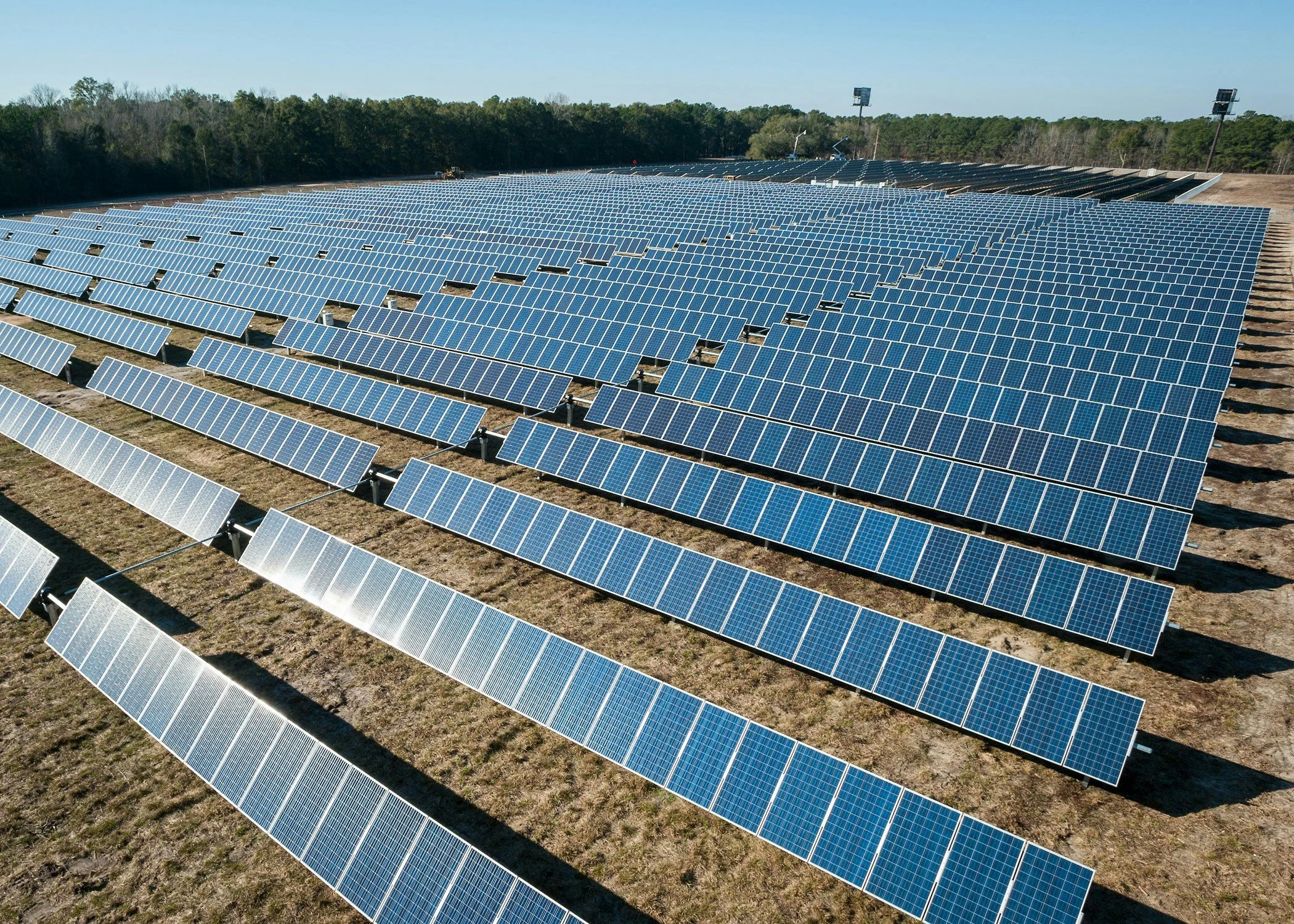
Enhancing Oversight and Cost-Effective Management for APAC Solar Portfolios
Overview
The client, a Korea-based company, specialises in the development, management, and sale of solar power plants across the APAC region. With extensive portfolios consisting of multiple small-scale sites, the company serves as both a technical advisor and asset manager for their clients. Their primary focus lies in ensuring operational efficiency, cost savings, and smooth site lifecycle transitions.
CHALLENGES
The client manages numerous small-scale solar sites, some as small as 0.6 MW, across multiple geographies, including Korea, Japan, and Southeast Asia. For example, a typical 68 MW portfolio comprises multiple sites ranging from 1 MW to 2 MW, requiring extensive oversight and hands-on management. This fragmented structure creates several key challenges:
Lack of Centralised Oversight: Managing a broad portfolio of small, geographically dispersed sites presents significant operational difficulties. The absence of a unified platform for data and reporting makes it difficult to maintain a comprehensive view of site performance and construction progress.
Resource-Intensive Site Visits: The management team frequently undertake site visits, which are both time-consuming and costly. Coordinating regular on-site inspections across such a large number of sites is impractical, particularly given their resource constraints.
Construction Monitoring Gaps: Ensuring quality assurance during construction phases was challenging. With multiple projects simultaneously underway, the technical team struggled to maintain real-time oversight, leading to delays in identifying and addressing potential issues.
Lifecycle Management Complexity: Some solar sites in the APAC region are sold midway through their lifecycle. However, unresolved issues, such as module defects or incomplete documentation, often reduced the resale value of assets.
Out-of-Warranty Risks: Ageing sites frequently fall out of product warranty, making warranty claims difficult to process. This lack of traceability and condition data poses financial risks for both the technical advisor and their clients.
SOLUTION
To address these challenges, Above has implemented a tailored suite of services to streamline operations and deliver cost-effective oversight:
Construction Monitoring: Above’s construction monitoring service provides the client with detailed updates on site progress, ensuring real-time oversight. This allows the technical team to identify and resolve issues swiftly, significantly improving project efficiency.
Thermographic Inspections: Aerial thermographic inspections enable the client to detect underperforming modules and faults early. This proactive approach reduces the need for reactive, costly site visits and ensured optimal site performance.
Commissioning Scans: By performing commissioning scans, Above ensured that all sites were fully optimised and operating as intended from the outset. This process validated the technical integrity of installations and reduced the risk of future inefficiencies.
Data Digitisation: Above’s digitisation services demonstrated significant long-term value by creating a centralised platform for site documentation and serial number tracking. Over time, this improved traceability and accountability across the portfolio lifecycle.
KEY OUTCOMES
By adopting Above’s solutions, the client achieved improvements in operational efficiency, cost savings, and lifecycle management:
Centralised Oversight: The client now benefits from a single platform where all site data and progress reports are centralised. This level of transparency has been transformative for their role as technical advisors, enabling them to make informed decisions quickly and support their clients more effectively.
Reduced Site Visits: The combination of remote monitoring and thermographic inspections significantly reduced the need for physical site visits. This not only lowered operational costs but also freed up valuable time for the management team to focus on higher-value tasks. Improved Asset Resale Value: By proactively identifying and resolving defects, the client was able to maintain site quality throughout its lifecycle. This increased the resale value of older sites and ensured smoother transitions during asset sales.
Cost Savings for Clients: The ability to detect and rectify issues early translated into substantial cost savings for the client’s customers. This strengthened their reputation as a reliable technical advisor and added significant value to their service offering.
Enhanced Confidence in Site Management: Above’s solutions are no longer viewed as optional but as an essential part of the client’s asset management toolkit. Their ability to confidently recommend these services to clients has reinforced trust and streamlined their operations.
"Partnering with Above transformed how we manage our solar assets. Their expertise and technology provided us with the tools to grow without compromising quality."
SUMMARY AND FUTURE OUTLOOK
The partnership between Above and the client has laid a strong foundation for future collaboration. By continuing to integrate Above’s monitoring and digitisation services, the client is well-positioned to enhance their efficiency further and scale their operations across the APAC region.
"The oversight we now have across our portfolio is phenomenal. We’re able to manage multiple small-scale sites far more effectively, saving time, reducing costs, and delivering better outcomes for our clients. Above has become an integral part of our operations, and we see it as a necessity moving forward."
For solar portfolios comprising multiple small-scale sites, Above’s solutions have proven invaluable in delivering cost savings, operational oversight, and increased asset value. The client’s ability to centralise data, reduce site visits, and enhance asset lifecycle management sets a benchmark for effective solar asset management in the APAC region.

